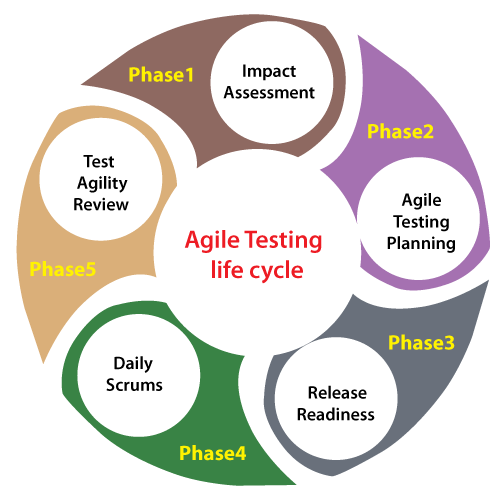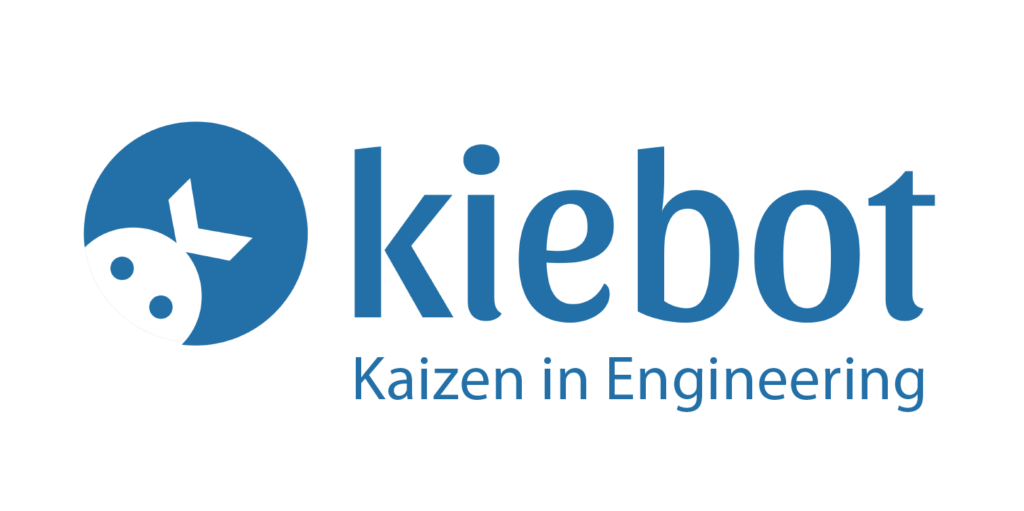Mastering Agile Testing: Key principles and practices for High - Quality software delivery
BLOGS
- Posted 1 month ago


By Dijisha (QA Engineer)
- 1 month ago
Mastering Agile Testing
Agile stands as a renowned project management framework in software development. Agile software testing is a methodology that facilitates rapid code testing for developers while enabling testers to promptly gather feedback from customers. In agile testing, various team members have distinct roles and responsibilities.

In this article, I will provide an overview of Agile testing.
What are the Main Principles of Agile Testing
The Main Principles of Agile testing are:-
- Early and Frequent Testing :- Testing is performed early and often to identify and address issues as they arise, reducing the cost and efforts required for fixing defects
- Test-Driven Development(TDD) :- Tests are created before the code, helping define the expected behavior and ensuring that the code meets requirements.
- Whole Team Approach :- Agile testing encourages the entire team, including developers, testers, business analysts, and product owners, to take responsibility for quality.
- Frequent deliveries :- Agile teams deliver functional software frequently, often every two weeks.
- Customer Involvement :- Customers actively participate in the Agile development process, offering feedback during each iteration, which helps the team to make continuous improvements.
- Working Software :- The Agile team prioritizes quality software management in every iteration, This is more important than documentation or other deliverables.
- Flexible approach :- Agile development is known for its flexibility, allowing teams to modify requirements at any point during development.
What are the Main Principles of Agile Testing
The agile testing life cycle has five distinct phases, as shown in the image below

Phase 1: Impact Assessment
In this phase, we collect feedback from users and stakeholders to conduct an impact assessment, which will guide the direction for the next cycle
Phase 2: Agile Testing Planning
In this phase, developers, test engineers, stakeholders, customers, and end-users come together to jointly plan testing schedules, meetings, and deliverables
Phase 3: Release Readiness
The next phase is release readiness. Test engineers review features for readiness and determine if they are ready for deployment or require further development phase iterations
Phase 4: Daily Scrums
Daily scrums are the next phase in Agile testing. These morning meetings check testing progress and set daily goals and targets for test engineers.
Phase 5: Test Agility Review
The final phase in Agile is the test agility review, involving weekly stakeholder meetings to assess progress against goals. These reviews provide regular insights into the development process.
What Are the Main Testing Activities in Agile?
The main testing activities in Agile include:-
Requirement analysis
Testers collaborate with business analysts and product owners to grasp the requirements of the new feature
Test Design
Creating or updating the test cases, test scenarios, and data based on requirements
Test Execution
Testers run the test cases and report any identified bugs.
Defect management
Testers work with developers to address and resolve defects.
Release management
Testers assist in planning and executing the release of the new feature
What Are the Most Important Skills for Agile Testers?
- Strong communication skills :- Effective communication with the team and understanding customer needs are essential for testers.
- Strong technical skills :- Strong technical skills, including code and technology stack comprehension, are vital for testers.
- Strong problem-solving skills :- Testers must excel at quick problem-solving and creative solution generation.
- Strong team player :- Testers require strong teamwork, adaptability, and the ability to work under pressure.
How is Agile Testing done?
In Agile testing, continuous code integration promotes collaboration and swift issue resolution. Test-driven development (TDD) entails writing unit tests before coding new features to establish requirements, and developers subsequently run these tests to validate functionality.
Why is Agile Testing Important?
Agile testing ensures customer needs are met through continuous feedback and improvement. It detects defects early and enables quick adjustments through frequent releases.
Advantages of Agile Testing
- Agile testing provides continuous end-user feedback for improved software quality.
- Daily meetings help to identify issues more effectively
- Agile testing minimizes documentation requirements
- The primary benefit of Agile software testing is error reduction and improved software productivity.
- In Agile, work is divided into smaller parts, keeping developers focused and resulting in fewer inconsistencies and increased efficiency.
Disadvantages of Agile Testing
- A significant drawback of Agile testing is project vulnerability if multiple team members depart
- Testing requires determination, and inconsistency can be a challenge for the testing team
- Agile testing can sometimes introduce new bugs due to frequent bug fixes, modifications, and releases
After reviewing the earlier topics, it’s clear that Agile testing is a highly effective approach for today’s complex software. It offers flexibility, adaptability to changing requirements, and a strong focus on customer satisfaction. Collaboration among developers, test engineers, and customers ensures the delivery of high-quality software that meets user expectations. Agile testing also emphasizes early integration of testing into the Software Development Life Cycle, Highlighting the critical role of effective communication among teams in its success.




